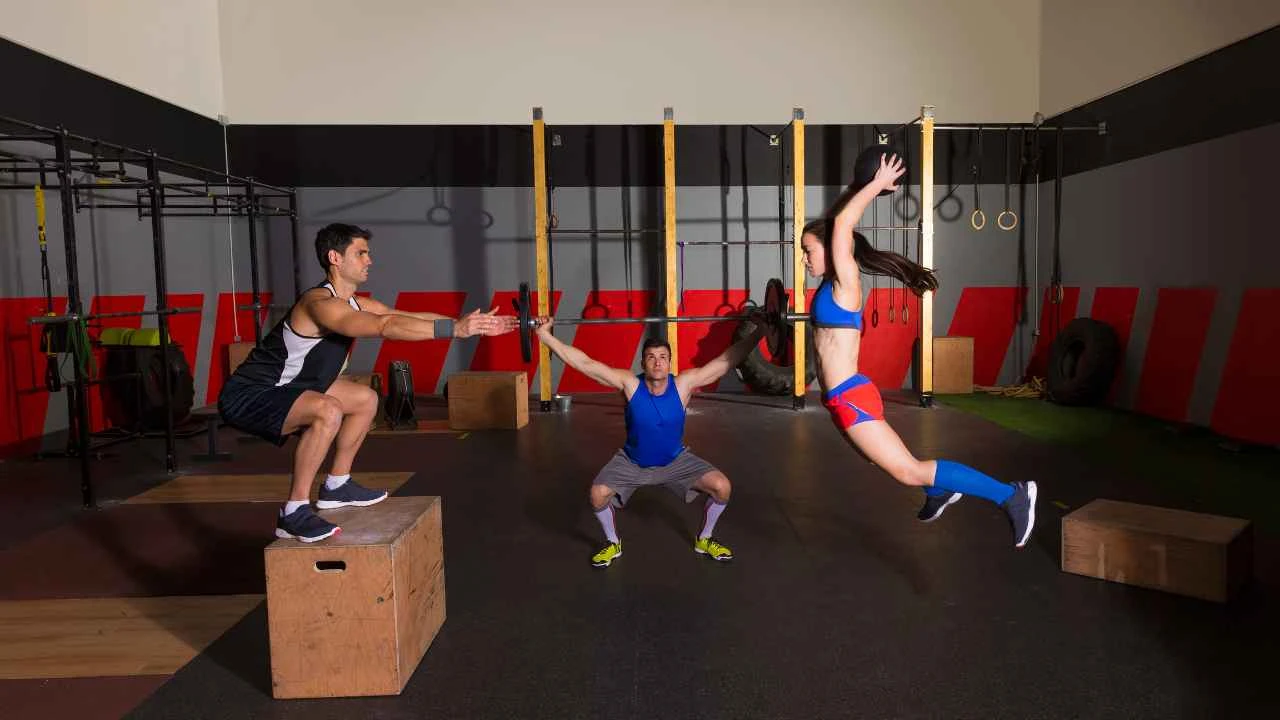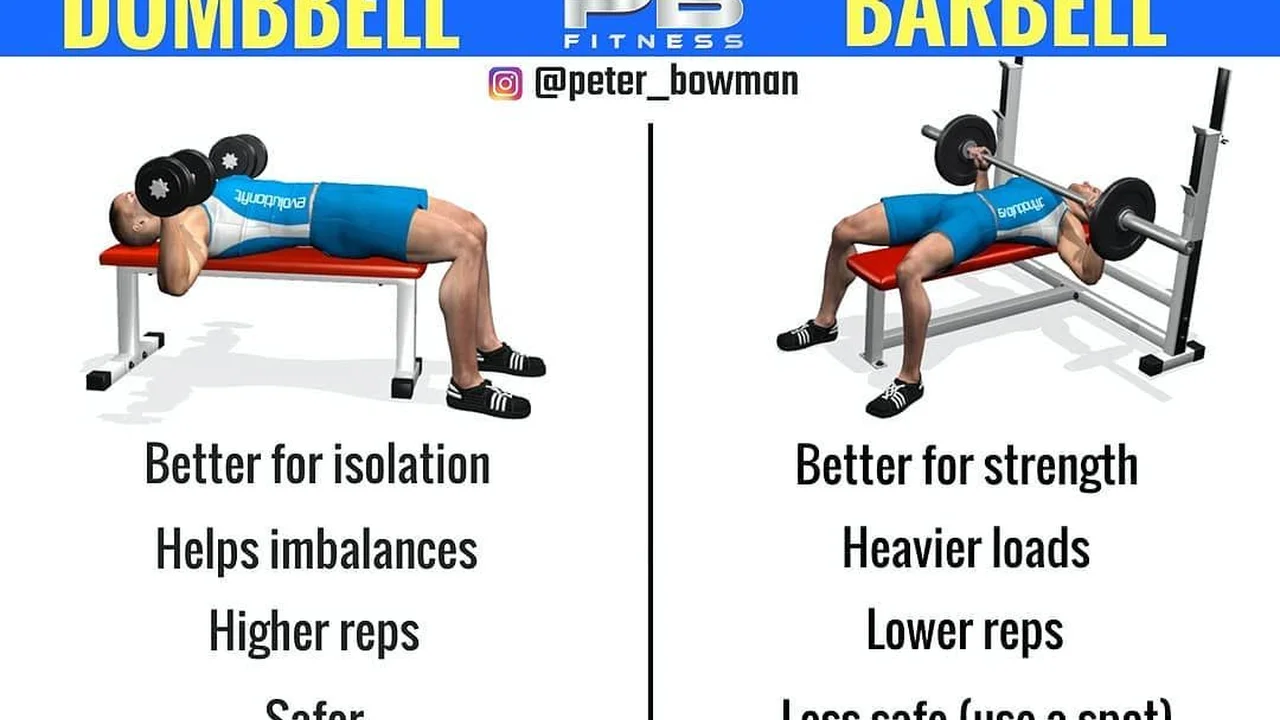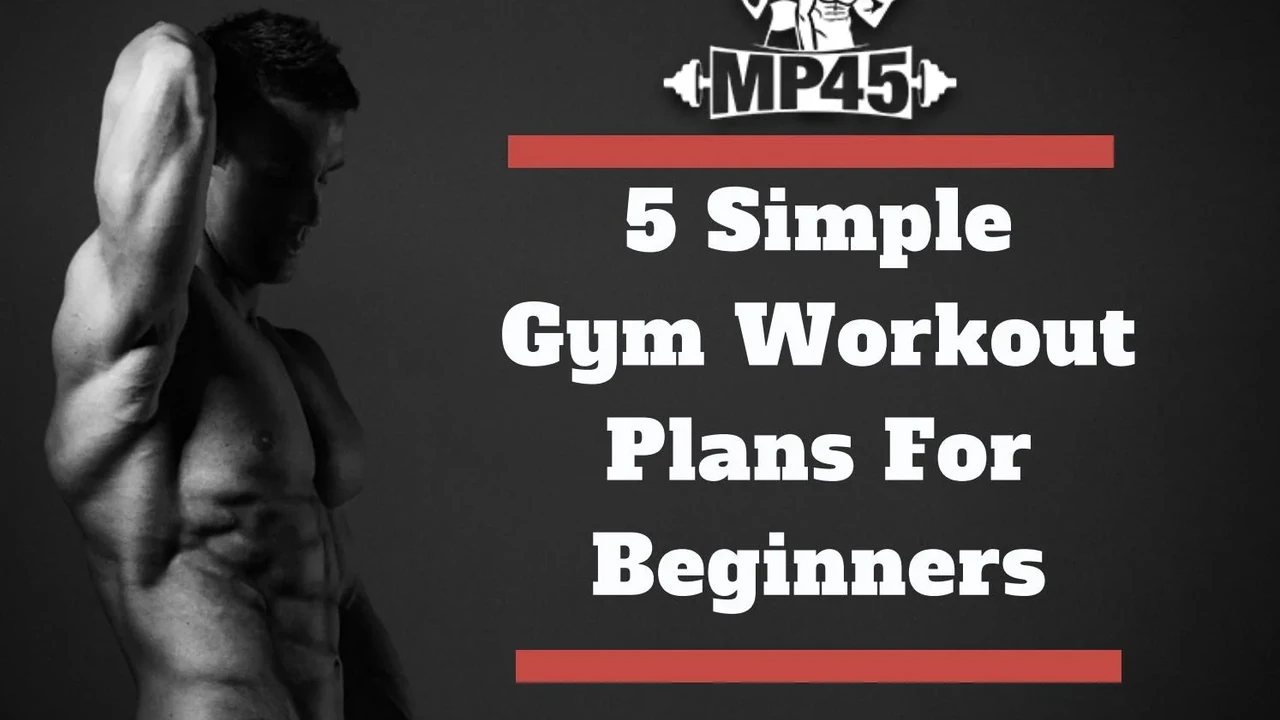Periodization Training: Maximizing Your Potential
Embark on a journey to unlock your peak physical performance with periodization training. This comprehensive guide delves into the science behind this effective training methodology, exploring how to strategically manipulate variables like volume and intensity to optimize muscle growth, strength gains, and overall fitness. Discover practical applications, product recommendations, and expert insights to tailor a periodization plan that aligns with your unique goals and experience level.

So, you're looking to take your fitness game to the next level? You've probably heard whispers of periodization, that fancy training method the pros use. Well, guess what? It's not just for elite athletes. Periodization is a powerful tool that anyone can use to break through plateaus and achieve serious results. Let's dive in and see how it works.
Understanding Periodization: The Foundation for Strength and Hypertrophy
At its core, periodization is all about planning. Instead of just hitting the gym and doing the same thing week after week, you're strategically varying your training to maximize progress and minimize the risk of overtraining. Think of it like this: your body adapts to whatever you throw at it. If you keep doing the same workouts, it'll eventually stop responding. Periodization prevents this by introducing planned changes in volume, intensity, and exercise selection.
There are several different models of periodization, but the most common are:
- Linear Periodization: This is the simplest model, where you gradually increase the intensity and decrease the volume over time. For example, you might start with high-rep, low-weight workouts and gradually transition to low-rep, high-weight workouts.
- Non-Linear (Undulating) Periodization: This model involves more frequent changes in volume and intensity, often on a weekly or even daily basis. This can be a great option for those who get bored easily or who want to keep their muscles guessing.
- Block Periodization: This model divides the training year into distinct blocks, each with a specific focus. For example, you might have a strength block, a hypertrophy block, and a power block.
Designing Your Periodization Plan: Volume, Intensity, and Frequency
Now, let's get down to the nitty-gritty of designing your own periodization plan. Here are the key variables you'll need to consider:
- Volume: This refers to the total amount of work you're doing, typically measured in sets and reps.
- Intensity: This refers to the amount of weight you're lifting, often expressed as a percentage of your one-rep max (1RM).
- Frequency: This refers to how often you're training a particular muscle group per week.
A typical linear periodization plan might look something like this:
- Phase 1: Hypertrophy (4-6 weeks): High volume (3-4 sets of 10-12 reps), moderate intensity (60-70% 1RM), moderate frequency (2-3 times per week).
- Phase 2: Strength (4-6 weeks): Moderate volume (3-4 sets of 6-8 reps), high intensity (70-80% 1RM), moderate frequency (2-3 times per week).
- Phase 3: Power (4-6 weeks): Low volume (3-5 sets of 2-5 reps), very high intensity (80-90% 1RM), moderate frequency (2-3 times per week).
- Phase 4: Deload (1 week): Reduced volume and intensity, to allow your body to recover.
Nutrition and Recovery: Fueling Your Periodized Training Program
Periodization isn't just about what you do in the gym; it's also about what you do outside of it. Nutrition and recovery are crucial for maximizing the benefits of your training plan. Make sure you're eating a balanced diet with plenty of protein, carbohydrates, and healthy fats. Aim for at least 1 gram of protein per pound of bodyweight. And don't forget to get enough sleep! Aim for 7-9 hours of sleep per night to allow your muscles to recover and rebuild.
Supplements for Periodization: Creatine, Protein, and More
While a solid diet is the foundation, certain supplements can provide an extra edge during your periodized training. Here are a few worth considering:
- Creatine: This is one of the most well-researched and effective supplements for increasing strength and power. It helps to replenish ATP, your body's primary energy source. Consider Creatine Monohydrate by Optimum Nutrition ($20 for 300g). Use 5g daily. It's best taken after your workout, but timing isn't critical. Compare it to Creapure by BulkSupplements ($25 for 500g), which is a higher purity form, but the difference in results is often negligible.
- Whey Protein: This is a convenient and effective way to boost your protein intake, which is essential for muscle growth and repair. Optimum Nutrition Gold Standard 100% Whey ($60 for 5lbs) is a popular choice. It's versatile, tastes great, and mixes well. Compare it to Transparent Labs 100% Whey Protein Isolate ($60 for 2lbs), which is a purer form with less lactose, making it a better option for those with sensitivities. Use post-workout for optimal recovery, approximately 20-40g.
- Beta-Alanine: This supplement helps to buffer lactic acid, which can delay muscle fatigue and improve endurance. NutraBio Beta Alanine ($30 for 500g) is a reputable option. Take 3-6g daily in divided doses. You might experience a harmless tingling sensation (paresthesia) initially. Compare to CarnoSyn Beta-Alanine ($35 for 500g), another high-quality brand.
Sample Periodization Workout Routine: Putting Theory into Practice
Let's look at a sample workout routine based on a linear periodization model. This assumes a 3-day per week training schedule focusing on compound movements.
Phase 1: Hypertrophy (Weeks 1-4)
Focus: Building muscle mass. Higher reps, moderate weight.
Workout A: Chest & Triceps
- Bench Press: 3 sets of 10-12 reps
- Incline Dumbbell Press: 3 sets of 10-12 reps
- Dumbbell Flyes: 3 sets of 12-15 reps
- Close-Grip Bench Press: 3 sets of 10-12 reps
- Overhead Triceps Extension: 3 sets of 12-15 reps
Workout B: Back & Biceps
- Barbell Rows: 3 sets of 10-12 reps
- Lat Pulldowns: 3 sets of 10-12 reps
- Seated Cable Rows: 3 sets of 12-15 reps
- Barbell Curls: 3 sets of 10-12 reps
- Hammer Curls: 3 sets of 12-15 reps
Workout C: Legs & Shoulders
- Squats: 3 sets of 10-12 reps
- Leg Press: 3 sets of 12-15 reps
- Leg Extensions: 3 sets of 12-15 reps
- Overhead Press: 3 sets of 3 sets of 10-12 reps
- Lateral Raises: 3 sets of 12-15 reps
Phase 2: Strength (Weeks 5-8)
Focus: Increasing maximal strength. Lower reps, heavier weight.
Workout A: Chest & Triceps
- Bench Press: 3 sets of 6-8 reps
- Incline Dumbbell Press: 3 sets of 6-8 reps
- Dips: 3 sets to failure
- Close-Grip Bench Press: 3 sets of 6-8 reps
- Skullcrushers: 3 sets of 8-10 reps
Workout B: Back & Biceps
- Barbell Rows: 3 sets of 6-8 reps
- Pull-ups: 3 sets to failure
- T-Bar Rows: 3 sets of 6-8 reps
- Barbell Curls: 3 sets of 6-8 reps
- Concentration Curls: 3 sets of 8-10 reps
Workout C: Legs & Shoulders
- Squats: 3 sets of 6-8 reps
- Deadlifts: 1 set of 5 reps, 1 set of 3 reps, 1 set of 1 rep (working up to a heavy single)
- Leg Press: 3 sets of 8-10 reps
- Overhead Press: 3 sets of 6-8 reps
- Front Raises: 3 sets of 8-10 reps
Phase 3: Power (Weeks 9-12)
Focus: Developing explosive power. Very low reps, very heavy weight, explosive movements.
Workout A: Chest & Triceps
- Bench Press: 3 sets of 2-5 reps (explosive)
- Incline Dumbbell Press: 3 sets of 2-5 reps (explosive)
- Plyometric Push-ups: 3 sets of 5-8 reps
- Close-Grip Bench Press: 3 sets of 3-5 reps
- Medicine Ball Slams (Triceps): 3 sets of 8-10 reps
Workout B: Back & Biceps
- Barbell Rows: 3 sets of 2-5 reps (explosive)
- Power Cleans: 3 sets of 3-5 reps
- T-Bar Rows: 3 sets of 3-5 reps
- Barbell Curls: 3 sets of 3-5 reps (explosive)
- Jump Rope: 3 sets of 30 seconds (high intensity)
Workout C: Legs & Shoulders
- Squats: 3 sets of 2-5 reps (explosive)
- Box Jumps: 3 sets of 3-5 reps
- Jump Squats: 3 sets of 5-8 reps
- Overhead Press: 3 sets of 2-5 reps (explosive)
- Push Press: 3 sets of 3-5 reps
Adapting Your Periodization Plan: Listening to Your Body
Remember, periodization is a guide, not a rigid set of rules. The most important thing is to listen to your body and adjust your plan as needed. If you're feeling overly fatigued or experiencing pain, don't be afraid to take a deload week or modify your workouts. The key is to find a sustainable approach that allows you to make consistent progress over the long term.
The Long Game: Periodization for Continued Progress
Periodization isn't a one-time thing; it's a continuous process. Once you've completed a cycle, you can start a new one, adjusting your goals and variables as needed. The more you experiment and learn, the better you'll become at designing periodization plans that work for you. So get out there, start planning, and unlock your full potential!
:max_bytes(150000):strip_icc()/277019-baked-pork-chops-with-cream-of-mushroom-soup-DDMFS-beauty-4x3-BG-7505-5762b731cf30447d9cbbbbbf387beafa.jpg)






